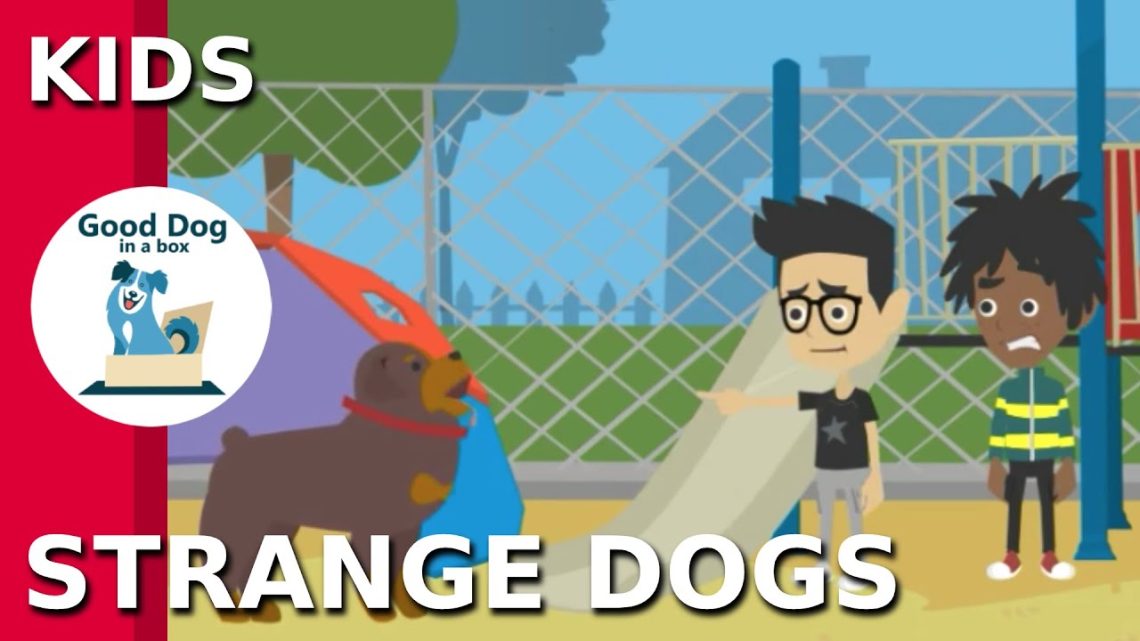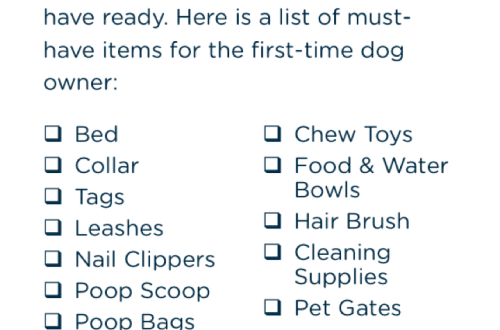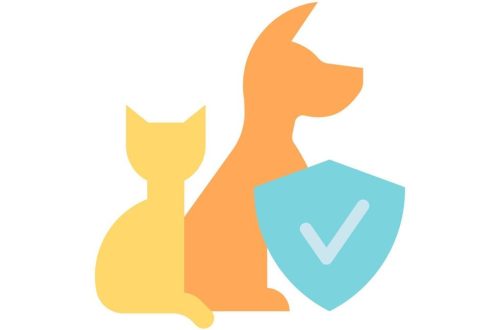
Safety with a strange dog
Unfortunately, it happens that dogs bite people who, it would seem, do not pose any danger to the dogs or their owners (we do not take cases of real protection by the owner’s dog). However, if you look into it, most bites could have been avoided. If both dog owners and those who were bitten followed the safety rules for other people’s dogs.

Photo: piqsels.com
8 safety rules with strange dogs
- Do not approach other people’s dogs and do not try to pet or play with them. Even if you really want to. At all. Even if the owner allowed it. Alas, not all owners know the psychology of dogs and cannot read their body signals, including warning signals that are signs of discomfort. If you like to socialize with dogs, you can get your own or socialize with well-known dogs of your friends.
- If the dog passes by, do not yell at him or his owner, do not wave your arms (bag, umbrella, etc.) and do not make sudden movements at all.
- If the dog’s owner is your friend, don’t try to surprise him by sneaking up behind you and clapping him on the shoulder. Some dogs are protective of their owners and may not like your joke.
- If you really need to run somewhere (for example, your bus is leaving, and the next one is planned only in the fourth millennium), do not start right in front of the nose of a dog walking next to you or behind you. This can be a surprise for both the animal and its owner, and not everyone will be able to respond adequately to your perky start. Why would you take the risk?
- If you’re jogging and need to run in close proximity to the dog, try to get around the dog or at least warn the owner of your approach. Better yet, take a step.
- Even if you know the dog you are interacting with well, don’t neglect watching him. Learn the body language of dogs, notice signs of discomfort in time and respond to them: leave the animal alone.
- If you are interacting with a dog, don’t lean over it, don’t bring your face close to its muzzle, don’t look directly into its eyes, don’t put your hand palm down towards its head, don’t try to hug it. All this can be perceived by the dog as a threat, which means that he may feel the need to defend himself. Yes, many dogs tolerate such treatment, but do you really want to find out from your own experience whether such communication is comfortable for this particular dog?
- Do not approach a dog that is tethered. Never. Even if you know her well. A dog on a leash feels vulnerable – in case of danger, however imaginary, it cannot run away, so it is more likely that it will attack, feeling uncomfortable.
If you think that these rules are obvious or absurd, believe me: if they were, there would be much less cases of aggression from dogs.





